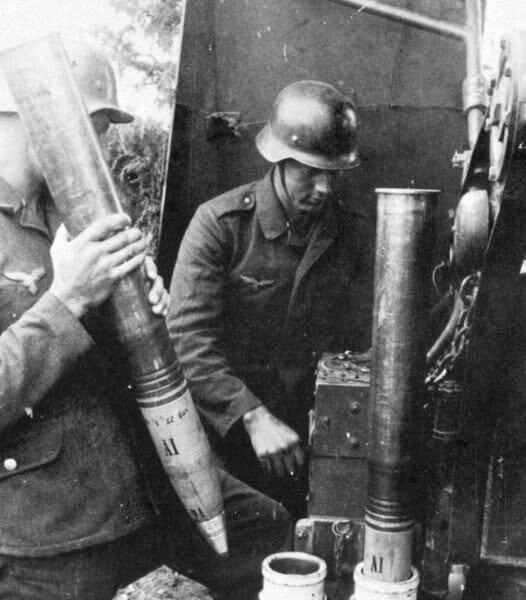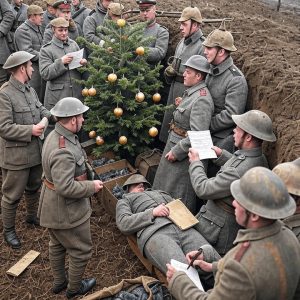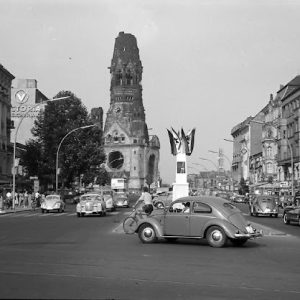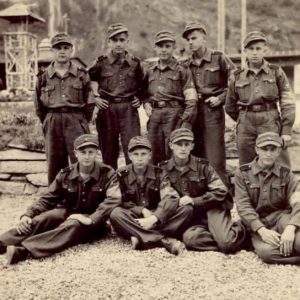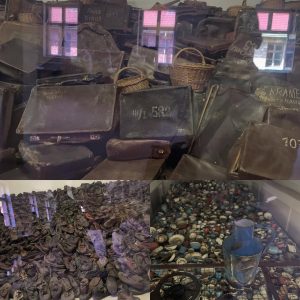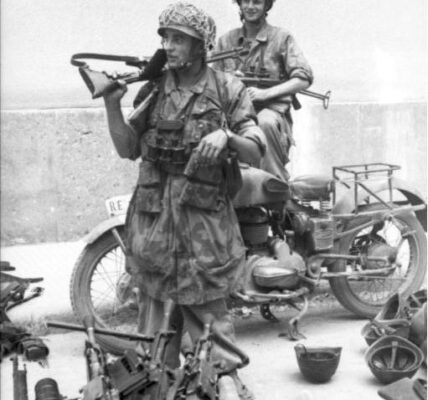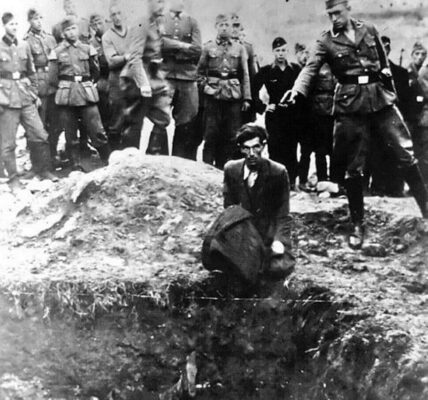
The image shows a German anti-aircraft gun team during World War II placing a projectile into the fuse holder. This device, an automatic fuse holder, was a remarkable technical detail that made the use of the legendary 8.8 cm anti-aircraft guns even more efficient. But behind this scene lies far more than just a technical artifact. It tells of military innovation, industrial potential, and the importance of air defense in the total war that held Europe in suspense between 1939 and 1945.
The 8.8 cm FlaK (FlaK) – known as the “Acht-Acht” for short – is still considered one of the most famous weapons of World War II. Originally developed by the Krupp company in the 1920s and 1930s, it was primarily intended to combat aircraft. With an effective range of up to 10,600 meters at altitude, it could threaten even high-flying bombers. The automatic fuse played a key role in this. Aircraft moved quickly and at varying altitudes. For the HE grenades to be effective, the fuse had to be set to a very specific time – precisely so that the grenade detonated in the immediate vicinity of the target.
Before the introduction of these automatic systems, this was a laborious and error-prone process that cost the shooter valuable seconds. However, with the fuze adjustment cup, the safety was mechanically adjusted to the input data, optimizing the ammunition virtually in the flow of the loading process. This significantly increased not only the rate of fire but also the hit probability.
Interestingly, this technology was not a purely German invention. Various nations had already developed similar systems during the First World War. However, during the Second World War, German industry perfected these devices and combined them with the high-performance FlaK 18, 36, and later 37 cannons. The FlaK gained enormous importance, especially in the years from 1940 onward, when the Battle of Britain and later the massive bombing raids on German cities began.
For the civilian population, the thunder of the “Acht-Acht” (eight-eight) was omnipresent. In cities like Berlin, Hamburg, and Essen, entire “flak towers” towered into the sky – massive concrete fortresses that provided both shelters for tens of thousands of people and platforms for several of these guns. The use of such technology gave many Germans the feeling that at least something could be done to counter Allied air superiority.

But the 8.8 cm FlaK was far more than just an anti-aircraft gun. During the French campaign of 1940, it became clear that this gun was also extremely effective against tanks. Its penetrating power was so great that it replaced anti-tank guns in many situations. Later, it became a decisive factor on the Eastern Front when German troops faced Soviet T-34 or KV-1 tanks.
The image of the gunners at the detonator illustrates this versatility: It shows not only soldiers at work, but also the high degree of technical organization. Every move was part of a precise choreography. While some men handed over the ammunition, others adjusted the detonators, another aimed the barrel, while the commander specified the target coordinates. Speed and precision determined success or failure—and sometimes life and death.
Today, such photos are viewed with mixed feelings. On the one hand, they symbolize a remarkable engineering achievement that could have been used outside of the war. On the other, they remind us of the destructive power of a regime that placed science and industry at the service of war. The 8.8 cm FlaK became a symbol of this ambivalence: a technical masterpiece that, however, primarily represented death and destruction.
After the war, numerous of these guns found their way into the armies of other countries. They were also used years later in Spain, Syria, and Yugoslavia. Some were preserved and now stand in military museums as a memorial to an era in which technological progress was used almost exclusively for the benefit of war.
The image of the soldiers at the gun is thus more than just a snapshot. It is a reflection of the times: of the fascination with technological innovation, of the harshness of war, and of the tragedy of a generation that lost its youth in uniform and to weapons.
